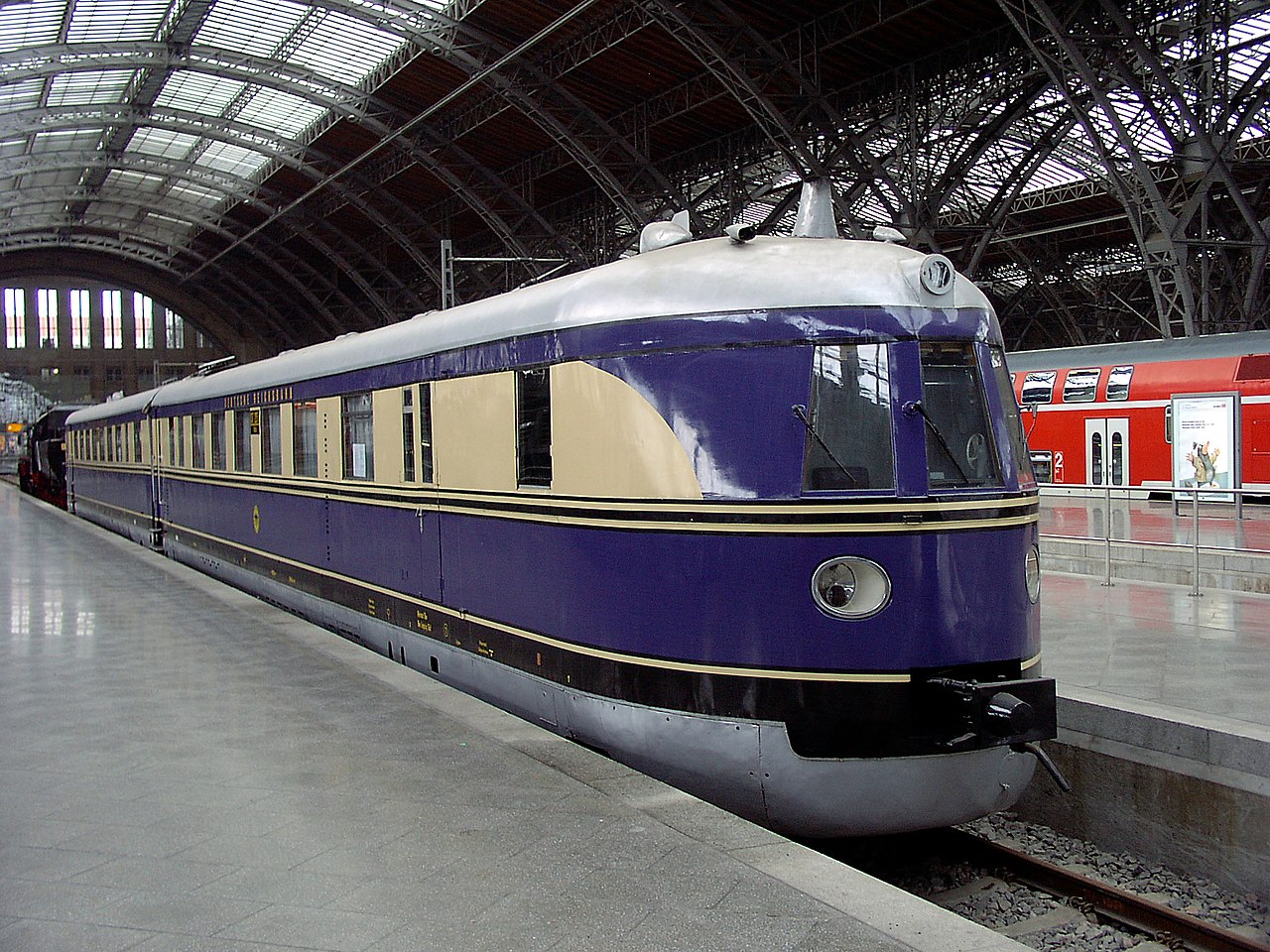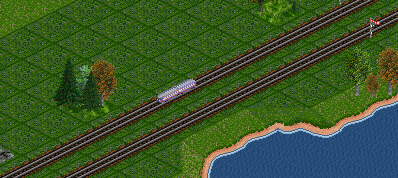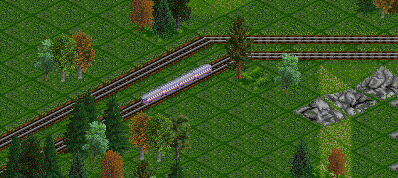Description
During the 1930s, the DRG added a new kind of long distance express trains between Berlin and other important cities. These were run by this newly developed EMU, which became known as the "Hamburg Flyer".
After sorting out some minor technical issues early on, using diesel engines in railway surroundings was rather new after all, these DMUs were a telltale sign of the modern image of the Deutsche Reichsbahn. They were also the fastest trains at the time, setting record runs between Berlin and Hamburg that could only be broken in the late 1990s (mainly due to the political turmoil that plagued German history in the 20th century). Similar travel time records were achieved towards Frankfurt and Munich. Two weeks before the begin of World War II the trains were stopped, as the fuel would be needed by the military.
After the end of the war the trains were used by the occupation forces, before being sold to East Germany in the late 1950s. There they were still in regular service until the 1980s, but never regained the importance they had before the war.
In the set, these DMUs are a good alternative to the class 01 or class 05 for express train services. Still, one needs to carefully examine which type to choose, as the high top speed is contrasted with rather low capacity. On the other hand, this type is quite lightweight, making it a good fit for hilly terrain where the steamers will struggle.
Images and Screenshots

(© Rabensteiner / CC-BY-SA-3.0 via Wikimedia Commons)
A historic SVT 137 displayed at Leipzig central station

A SVT en route somewhere on a flat line along the coast where it can run at top speed.

In order to increase capacity, multiple units can be combined.
Technical Data
| Name | VT-137 |
|---|---|
| Built | 1935-1955 |
| Power | 1020 hp |
| Tractive effort | 115 kN |
| Speed | 94 mph |
| Usage | fast trains |
| Type of terrain | flat to hilly |
